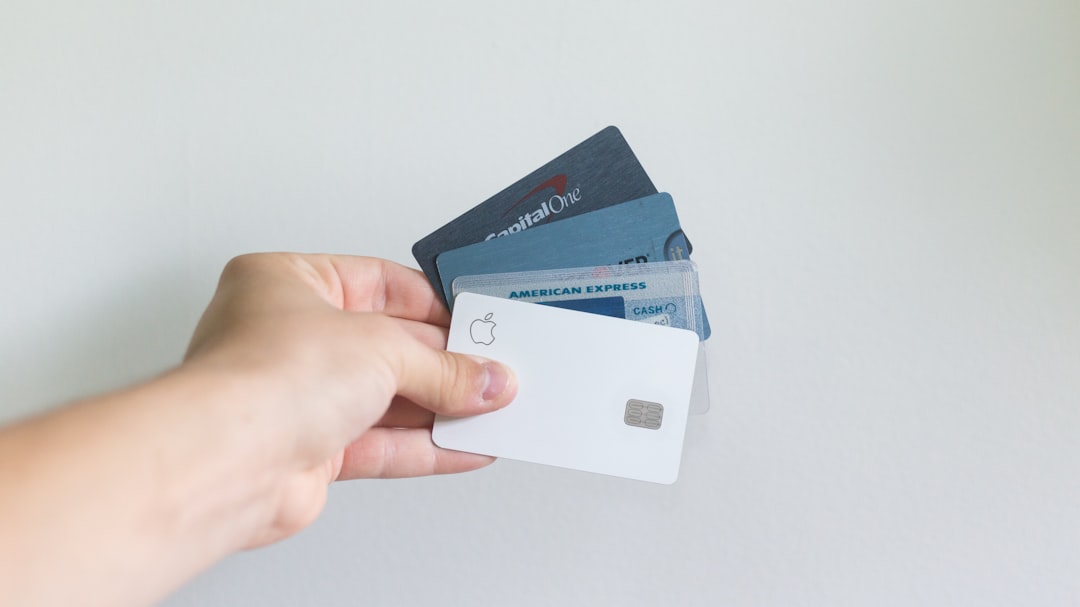Homeowner consolidation loans combine high-interest credit card debts into a single, lower-rate loan secured against home equity. They offer lower interest rates, reduced payments, and long-term savings, simplifying debt obligations and improving future borrowing potential. Assessing debts, prioritizing high-interest cards, and comparing lender terms are key to effective credit card debt reduction through homeowner consolidation loans.
Struggling with multiple credit card debts? Homeowner consolidation loans offer a strategic path to financial freedom. This comprehensive guide breaks down essential tips and strategies for reducing monthly payments. We explore the benefits of homeowner consolidation loans, from simplifying repayment terms to potentially lowering interest rates. By understanding your debt landscape and choosing the right loan type, you can take control and transform your financial outlook.
- Understanding Homeowner Consolidation Loans: Unlocking Financial Freedom
- Assessing Your Debt: Identifying Areas for Consolidation
- Strategies for Effective Credit Card Debt Reduction
- Choosing the Right Loan Type and Lender for Consolidation
Understanding Homeowner Consolidation Loans: Unlocking Financial Freedom

Homeowner consolidation loans are a powerful tool for managing credit card debt and achieving financial freedom. These specialized loans allow homeowners to bundle multiple high-interest credit card balances into a single, more manageable payment. By securing the loan with their home equity, borrowers can access lower interest rates, which significantly reduces monthly payments and the overall cost of debt repayment.
This strategy offers several benefits. First, it simplifies financial obligations by consolidating various debts into one fixed payment. Second, the potential for lower interest rates provides substantial savings over time. Moreover, homeowner consolidation loans provide an opportunity to build credit history while making consistent on-time payments, which can boost future borrowing capabilities.
Assessing Your Debt: Identifying Areas for Consolidation

Assessing your debt is a crucial first step in credit card debt consolidation. Start by listing all your debts, including credit cards, personal loans, and any outstanding balances on homeowner consolidation loans. Record the interest rates associated with each debt, as this will impact your consolidation options.
Next, evaluate each debt’s terms and conditions carefully. Look for opportunities to consolidate high-interest debts first, as these can significantly impact your overall savings. Identify areas where you can negotiate better terms or transfer balances to cards with lower interest rates. This strategic approach will help you make informed decisions and reduce the overall cost of paying off your debt.
Strategies for Effective Credit Card Debt Reduction

Credit card debt reduction requires a strategic approach. One effective method is to prioritize paying off cards with the highest interest rates first, while making minimum payments on others to avoid penalties. This strategy, known as the “snowball method,” can help you save money in interest charges over time.
Additionally, homeowner consolidation loans offer a viable option for significant debt reduction. These loans allow you to combine multiple credit card balances into one with a lower interest rate, simplifying your payments and potentially saving you thousands in interest expenses. Always compare loan terms and rates from various lenders to ensure the best deal.
Choosing the Right Loan Type and Lender for Consolidation

When considering credit card debt consolidation, choosing the right loan type and lender is crucial. Homeowner consolidation loans are a popular option as they offer lower interest rates compared to personal loans or credit card balances alone. This is due to the security provided by using your home as collateral, which can significantly reduce monthly payments. However, it’s essential to understand the terms and conditions of such loans, including repayment periods, prepayment penalties, and potential risks if you default on the mortgage.
Researching different lenders is also vital. Compare interest rates, loan terms, and any associated fees. Reputable lenders will offer transparent terms and may even provide financial counseling services to help you manage your debt effectively. Additionally, consider the flexibility of repayment options, such as automatic payments or the ability to increase your payment amount without penalty, which can aid in quicker debt reduction.
Debt consolidation can be a powerful tool for managing credit card debt, offering significant savings through lower interest rates and streamlined payments. By understanding homeowner consolidation loans and strategically assessing your debt, you can take control of your finances. Combining these efforts with effective reduction strategies and careful loan selection empowers you to reduce monthly payments and achieve financial freedom faster. Leverage the insights from this guide to embark on a journey towards a debt-free future, using homeowner consolidation loans as a strategic ally.
